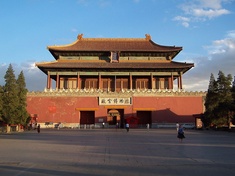
Chinese History 101 #06: Late Imperial China
Last updated: Saturday July 24th, 2021
Report this blog
From where we left off
In my previous blog, I went through the history of the Song and Yuan dynasties. In this blog, I will continue on from the Ming dynasty (middle part of the dark orange section below).
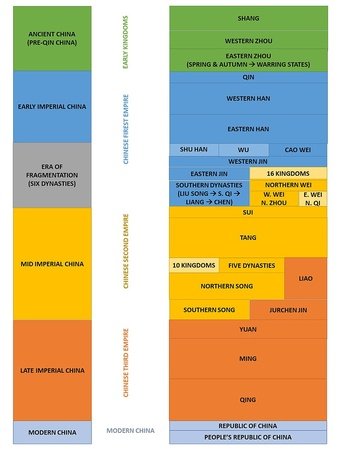
Ming Dynasty (1368 - 1644 AD)
Zhu Yuanzhang was born to impoverish peasant family where his siblings were given away and his parents died in famine. He became a novice monk at a Buddhist temple and later a beggar, before joining the Red Turbans against the Mongols. He emerged as a leader and in 1356 his army captured Nanjing, which he would later established as his capital.
In 1368, his proclaimed himself Emperor of the Ming dynasty, adopted Hongwu as era name, and drove the Mongols out of China. Note that starting from the Ming dynasty, emperors usually used only one era name for their entire reign, and hence they are commonly known for their era names (e.g. Hongwu Emperor) rather than their temple names (Emperor Taizu).
Hongwu Emperor was suspicious of conspiracy plots to overthrow him. He abolished the position of chancellor and executed tens of thousands of officials, generals and anyone critical of him. His autocratic rule set the precedent for the rest of the Ming dynasty.
Hongwu Emperor specified his grandson, Jianwen Emperor, as his successor. However, his powerful fourth son Zhu Di who stationed in Beijing rebelled and sparked a three-year civil war. He invaded Nanjing and burnt the palace to the ground, and Jianwen Emperor went missing. He then enthroned himself as the Yongle Emperor (pronounced yong-luh) and moved the capital to Beijing in 1403.
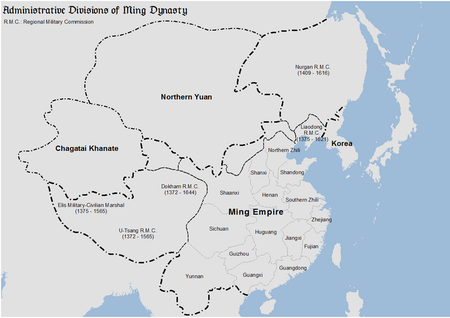
The reign of Yongle Emperor (1402 - 1424) is considered another peak in Chinese history. He constructed the Forbidden City in Beijing. Militarily, he launched 5 campaigns against the Mongols, defeating Northern Yuan and other Mongolian tribes. The Ming also annexed northern Vietnam and ruled for 20 years. But his most significant achievement was the seven Ming treasure voyages between 1405 to 1433 led by his eunuch admiral Zheng He (He pronounced "huh"). Zheng He commanded a huge fleet of 240 ships and 27400 crew and travelled to Southeast Asia, Indian subcontinent, Middle East and East Africa. The actual purposes of his voyages are still not clear today, but it was not to conquer or colonise other countries. There were few suggestions by historians, such as to establish diplomatic ties and alliances, to promote trade and foreign tributes, to show off power and extending the Ming influence, or to search for the missing Jianwen Emperor .

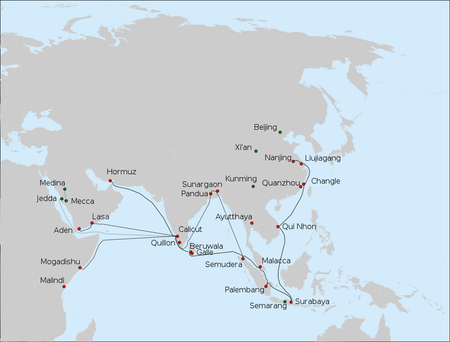
Zheng He's voyages were some 80 years before Vasco da Gama's visit to India or Christopher Columbus voyage to the Americas, and the fleet size and scale of Zheng He's voyages was much larger than the two. However, the Ming did not follow through Zheng He's voyages, probably due to the huge cost and the policy of "sea ban", an isolationist policy restricting maritime trade and coastal settlements to deal with Japanese piracy. Such policy was counterproductive, and rather than protecting the coasts from pirates, it turned many into smugglers and pirates themselves.

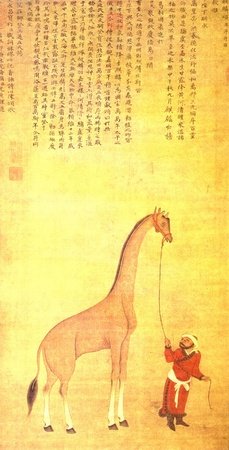
In 1449, the western Mongol tribe Oirats launched an attack on the Ming. The then 21-year-old Emperor Yingzong was encouraged by his eunuch to lead his own army into the battle. But his ill-prepared and poorly commanded troops were badly defeated and he was taken prisoner by the Oirats. The fiasco shocked the Ming court, and his half-brother ascended to the throne and became Jingtai Emperor. The Oirats saw that their hostage had lost its value so they released him to seek peace with the Ming a year later. However, Jingtai Emperor was reluctant to have him back (similar to Emperor Gaozong of the Southern Song, see my previous blog), so he kept him under house arrest for 7 years until he managed to escape in a palace coup and restored himself as the emperor (hence the only Ming emperor with two era names).
With constant threats from the Mongols and later the Jurchens from the north, the Ming spent over 200 years to repair and rebuild the Great Wall.
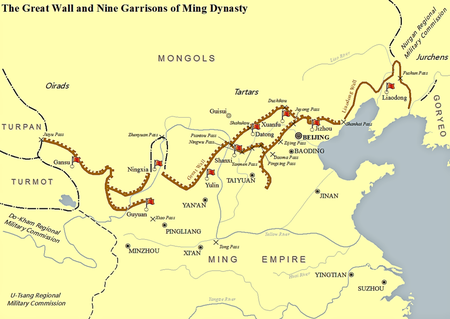

Beside the Mongols and the Japanese, the Ming faced a new enemy by the 16th century, the Portuguese. In 1511, the Portuguese occupied Malacca, and later arrived China seeking trade and settlement. These were refused by the Ming. This led to two battles in today Hong Kong in 1521 and 1522, which the Ming won both. Despite the hostility, the Portuguese continued to trade, and in 1554, the Portuguese offered bribes to the officials and were allowed to settle in Macau with a payment of 500 taels of silver per year.

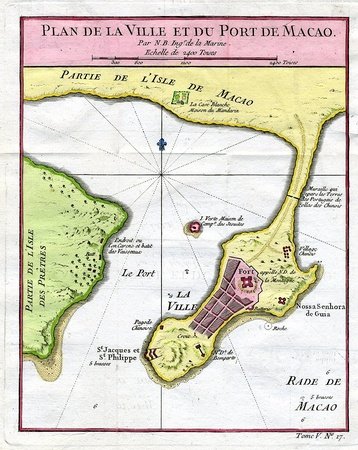
The Ming slowly declined during the long reign of the Wanli Emperor (1572 - 1620). The Ming was financially drained by helping the Korean defend against the Japanese in the Imjin War (1592 - 1598). Scholar-officials lost prominence in administration as eunuchs became intermediaries between the aloof emperor and his officials. Towards the fall of the Ming, it also suffered a number of natural and manmade disasters. The most significant ones were:
- 1556 Shaanxi earthquake - one of the deadliest earthquakes in human history, with approximately 830,000 people killed
- 1626 Wanggongchang Explosion - a catastrophic explosion in Beijing killing approx. 20,000 people, possibly due to accident in the gunpowder armoury. Imagine the Beirut explosion but many times worse.
- 1633 - 1644 Great Plague - mouse plague spread from Shanxi province to Beijing, causing 200,000 deaths
- 17th century Little Ice Age - cold and dry weather causing massive crop failure and widespread famine, leading to peasant rebellions at the end of the Ming
Qing Dynasty (1636 - 1912 AD) - part 1
In 1616, the Jurchen Aisin Gioro leader Nurhaci reunified the Jurchen tribes and established the Later Jin khanate in Manchuria, named after the Jin dynasty in the 12th & 13th century (see my previous blog). Although the Ming commander Yuan Chonghuan was able to fend off the Later Jin and fortified the Shanhai Pass at the Great Wall, he was executed in 1630 on trumped-up charges of colluding with the Jin.
The Mongols submitted to the Later Jin in 1635. In the following year, the Jin was renamed to "Great Qing" and Jurchen renamed to Manchu, thus marking the start of the Qing dynasty. The Qing invaded Joseon (Korea) in 1639 and forced its submission to the Qing rather than the Ming.
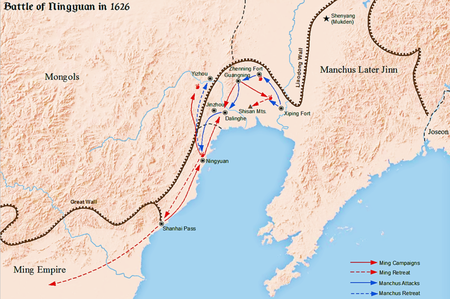
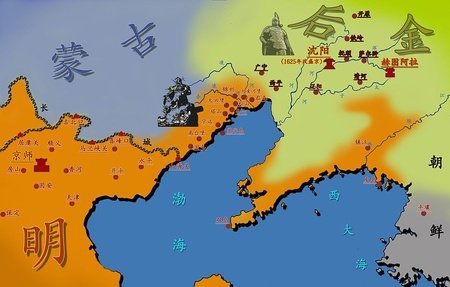
In 1640, masses of Chinese peasants who were starving and unable to pay their taxes formed huge bands of rebels. The Ming military, caught between Manchu raiders from the north and huge peasant revolts in the provinces, essentially fell apart. Unpaid and unfed, the Ming army was defeated by one of the rebels Li Zicheng, whose forces were allowed into Beijing when the gates were opened from within. Li Zicheng proclaimed himself the Emperor of the Shun dynasty. During the turmoil, the Chongzhen Emperor hanged himself on a tree in the imperial garden right outside the Forbidden City, ending the Ming dynasty in 1644.
Meanwhile, Wu Sangui, the Ming general guarding the Shanhai Pass, fearing the Li Zicheng forces marching towards him, defected to the Manchus and opened the gate to let them in. The Manchus and Wu soon defeated Li Zicheng and arrived in Beijing, proclaiming the young Shunzhi Emperor as the emperor of China. Li and other rebel forces were subsequently chased off and killed by the Manchus.
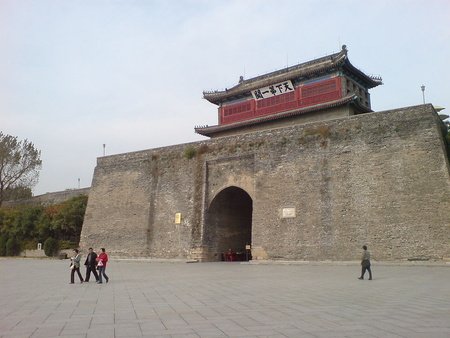
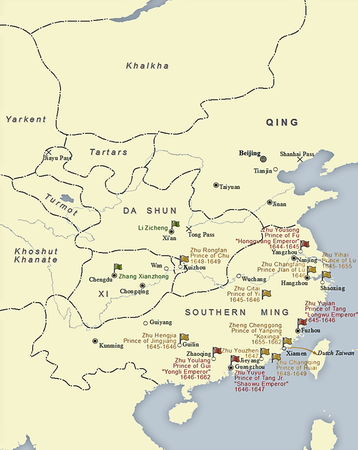
Similar to the Southern Song, the remnants of the Ming court continued to fight against the Qing in the South. However, unlike the Southern Song, the Southern Ming was quickly defeated by the Qing. The last resistance was loyalist Koxinga who fled to Taiwan, defeated the Dutch and established the Kingdom of Tungning until it was annexed by the Qing in 1683. The Han Chinese would not rule Taiwan again until the end of World War II.
The Manchus learnt from the mistakes of the Mongols during the short-lived Yuan dynasty. The Qing governed using Confucian bureaucratic institutions, retaining the imperial exams to recruit Han Chinese to work under or in parallel with the Manchu officials. However, the Manchus also committed atrocities such as the Yangzhou massacre (1645), Jiading massacre (1645) and Guangzhou massacre (1650), as well as implemented hard-line policies such as the Manchu queue edict, making the Manchu hairstyle mandatory for all Chinese men or otherwise punishable by death. To the Manchus, this policy was a test of loyalty and an aid in distinguishing friend from foe. For the Han Chinese, however, it was a humiliating reminder of the Qing authority.
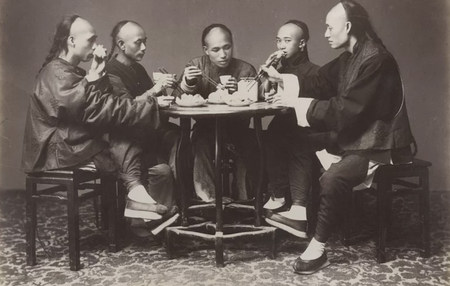
Shunzhi Emperor died young at 24 from smallpox in 1661 (rumoured that he staged his death and became an anonymous Buddhist monk), and was succeeded by then 8-year-old Kangxi Emperor, whose reign of 61 years was the longest of any Chinese emperor. Together with his son Yongzheng Emperor (reign 1722 - 1735) and grandson Qianlong Emperor (reign 1735 - 1796), the Qing empire reached its zenith.
Kangxi Emperor crushed the revolts by Wu Sangui and his allies in the Revolts of the Three Feudatories (1673 - 1681), putting Southern China firmly under the Qing's control. Kangxi Emperor personally led a series of military campaigns against the Dzungars in Outer Mongolia, successfully expel invading forces from these regions and incorporated these into the empire. The Qing defeated the Russian and signed the Treaty of Nerchinsk in 1689, China's first formal treaty with a European power and kept the border peaceful for over 160 years. Kangxi dispatched two armies to Lhasa, the capital of Tibet, and installed a Dalai Lama sympathetic to the Qing.
By the time of Qianlong, the Qing territory expanded to over 14 million square km. Qianlong Emperor personally led military campaigns near Xinjiang and Mongolia, ordering the Dzungar genocide. He also put down revolts and uprisings in Sichuan and parts of southern China while expanding control over Tibet. He named his military success as the Ten Great Campaigns.
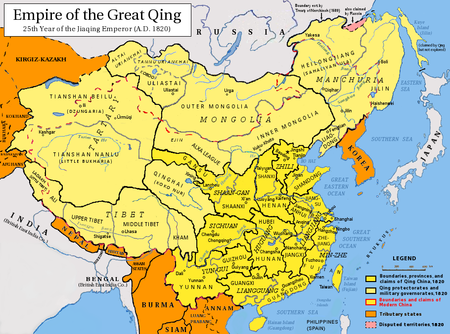
Beneath outward prosperity and imperial confidence, the later years of Qianlong's reign were marked by rampant corruption and neglect. Heshen, the emperor's handsome young favourite, took advantage of the emperor's indulgence to become one of the most corrupt officials in the history of the dynasty (Qianlong Emperor was rumoured to be bisexual). By the time of his death, Heshen acquired over 1100 million taels of silver, equal to roughly US$270 billion, compared to the Qing's annual tax revenue of some 40 million taels.
The Qing also faced the problem of overpopulation, with the total population of China during the 18th century ballooned from 100 million to 300 million people. This together with the massive spending on the Ten Great Campaigns and the rampant corruptions led to financial trouble and decline of the Qing dynasty.
The end of the sixth blog
This is the end of my sixth blog. The Ming dynasty got rid of the Mongols but was eventually replaced by the Manchus. Despite its relative prosperity and stability, the Ming dynasty was one of China's darkest period politically, with autocratic rules, incompetent emperors, bloody political infighting, and inward-looking isolationist policy. Science and technology stagnated during the Ming, for example, the Ming scholars could not comprehend mathematical literature from the Song dynasty. Although new ideas and technology arrived from European missionaries, the knowledge stayed within a few scholars inside the imperial court and were not popularised in the country. This was the time when China unknowingly started falling behind Europe that was undergoing a period of discoveries and massive advancement in science and technology. This will lead to my next blog on the 19th century China when its medieval military and systems were no match to those of the Europeans, and hence suffered badly under European imperialism. So stay tuned and thank you for reading.

Slight nitpick, it should be arrived at Beijing in the fourth paragraph of the Qing section. Great blog!